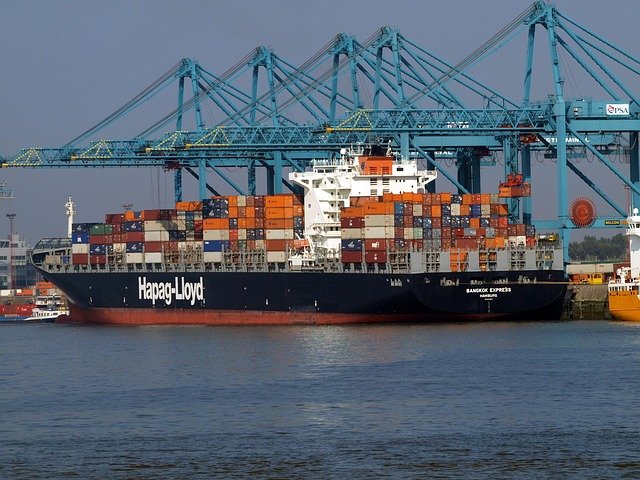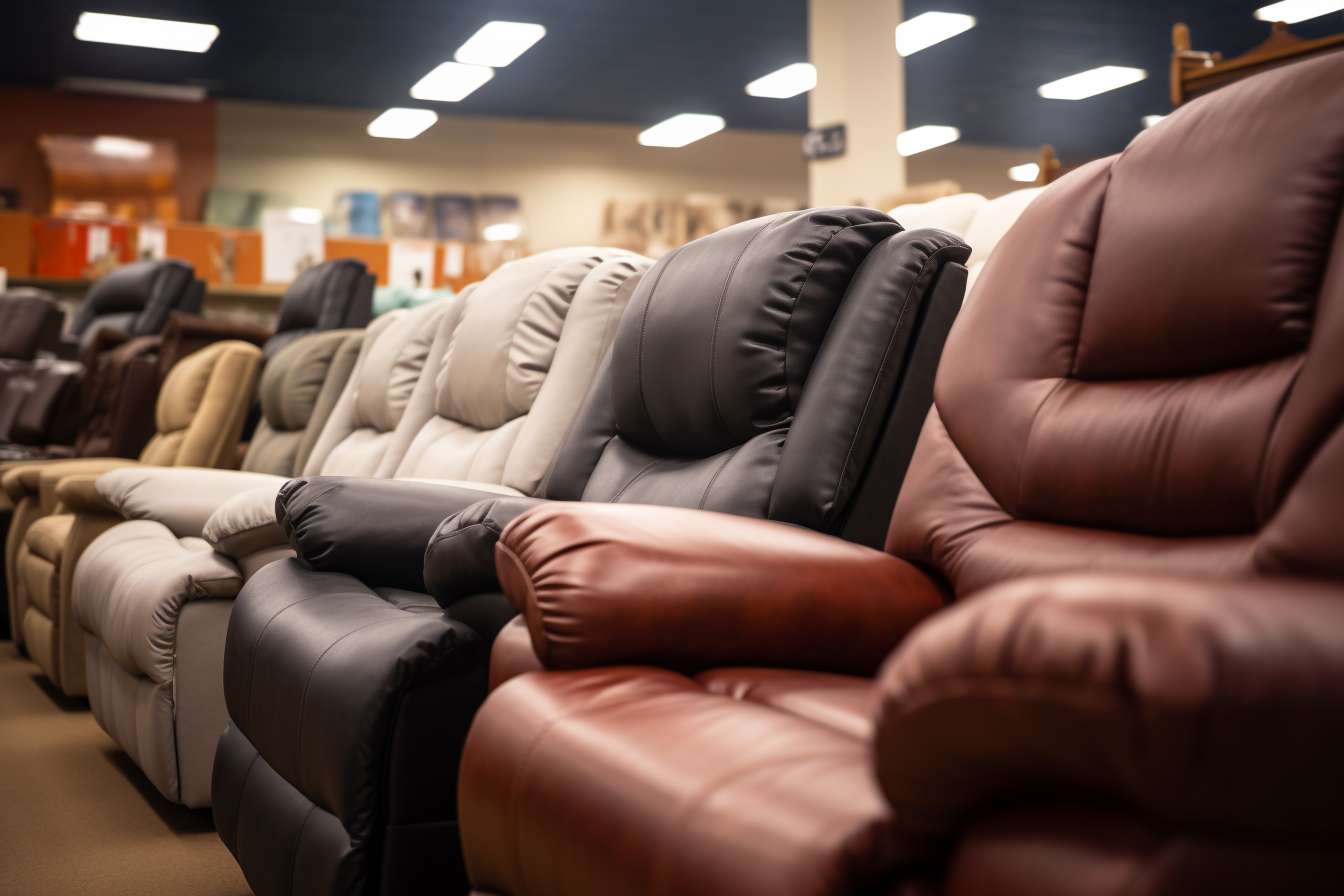Shipping Container
In today's globalized world, shipping containers have become an integral part of international trade and transportation. These large, standardized metal boxes are designed to safely transport goods across vast distances by sea, rail, and road. However, their versatility extends far beyond their primary purpose, as innovative thinkers have found creative ways to repurpose these sturdy structures for various applications.

What are the basic characteristics of shipping containers?
Shipping containers are typically made of corrugated steel and come in standard sizes, with the most common being 20 feet and 40 feet in length. They are designed to be stackable, weatherproof, and secure, making them ideal for transporting goods across long distances. The standard width is 8 feet, while the height can vary between 8.5 to 9.5 feet for high-cube containers. These containers are built to withstand harsh conditions, including extreme temperatures, saltwater exposure, and the physical stress of long-distance transportation.
How have shipping containers revolutionized global trade?
The introduction of standardized shipping containers in the 1950s transformed the logistics industry. Before their advent, loading and unloading cargo was a labor-intensive and time-consuming process. Shipping containers streamlined this process, allowing for faster turnaround times at ports and reducing the risk of damage or theft. This standardization also facilitated intermodal transportation, enabling seamless transfers between ships, trains, and trucks. As a result, the cost of transporting goods globally has significantly decreased, contributing to the growth of international trade and the global economy.
What are some innovative uses for repurposed shipping containers?
The durability and modular nature of shipping containers have inspired creative minds to repurpose them for various applications beyond transportation. Some innovative uses include:
-
Portable offices and workspaces
-
Pop-up retail shops and restaurants
-
Temporary housing and emergency shelters
-
Art galleries and exhibition spaces
-
Urban farming and vertical gardens
-
Swimming pools and saunas
-
Storage units and workshops
These repurposed containers offer cost-effective, flexible, and environmentally friendly solutions for various needs, from addressing housing shortages to creating unique commercial spaces.
What are the advantages of buying used or second-hand containers?
Purchasing used or second-hand shipping containers can offer several benefits:
-
Cost-effectiveness: Used containers are typically much cheaper than new ones, making them an attractive option for budget-conscious buyers.
-
Environmental sustainability: Repurposing used containers reduces waste and extends the life of these steel structures, contributing to a more sustainable approach to construction and storage solutions.
-
Availability: Used containers are often more readily available than new ones, especially during periods of high demand in the shipping industry.
-
Character and uniqueness: Some used containers may have interesting markings or patina that can add character to repurposing projects.
-
Proven durability: Used containers have already withstood the rigors of ocean transport, demonstrating their resilience and structural integrity.
What are common uses for small shipping containers?
Small shipping containers, typically 10 or 20 feet in length, offer versatility for various applications:
-
On-site storage for construction projects or home renovations
-
Mobile offices for temporary work sites
-
Compact living spaces or tiny homes
-
Food trucks or mobile cafes
-
Secure storage for valuable equipment or inventory
-
Portable restroom facilities for events or construction sites
-
Customized workshops for artisans or hobbyists
These smaller containers provide flexibility and mobility while maintaining the strength and security associated with standard shipping containers.
Where can you find shipping containers locally?
To find shipping containers in your area, consider the following options:
-
Container suppliers and dealers: Many companies specialize in selling new and used shipping containers. Search for “container suppliers” or “container dealers” in your area.
-
Online marketplaces: Websites like eBay, Craigslist, and Facebook Marketplace often have listings for shipping containers.
-
Port cities and industrial areas: If you live near a port or industrial zone, you may find container yards or suppliers with a wide selection of containers.
-
Shipping and logistics companies: Some shipping companies sell their retired containers directly to the public.
-
Construction and equipment rental companies: These businesses may offer container rentals or sales as part of their services.
-
Local classifieds and community boards: Check local newspapers or community bulletin boards for individuals or businesses selling containers.
When purchasing a container, be sure to inspect it thoroughly for any damage or signs of wear that could affect its intended use. Additionally, consider factors such as delivery costs and local zoning regulations that may impact your ability to use or place a container on your property.
In conclusion, shipping containers have evolved from simple transportation units to versatile structures with a wide range of applications. Their durability, standardization, and adaptability have made them valuable assets in both global trade and innovative repurposing projects. Whether you’re looking to start a unique business, create additional storage space, or embark on a creative construction project, shipping containers offer a flexible and cost-effective solution worth exploring.




